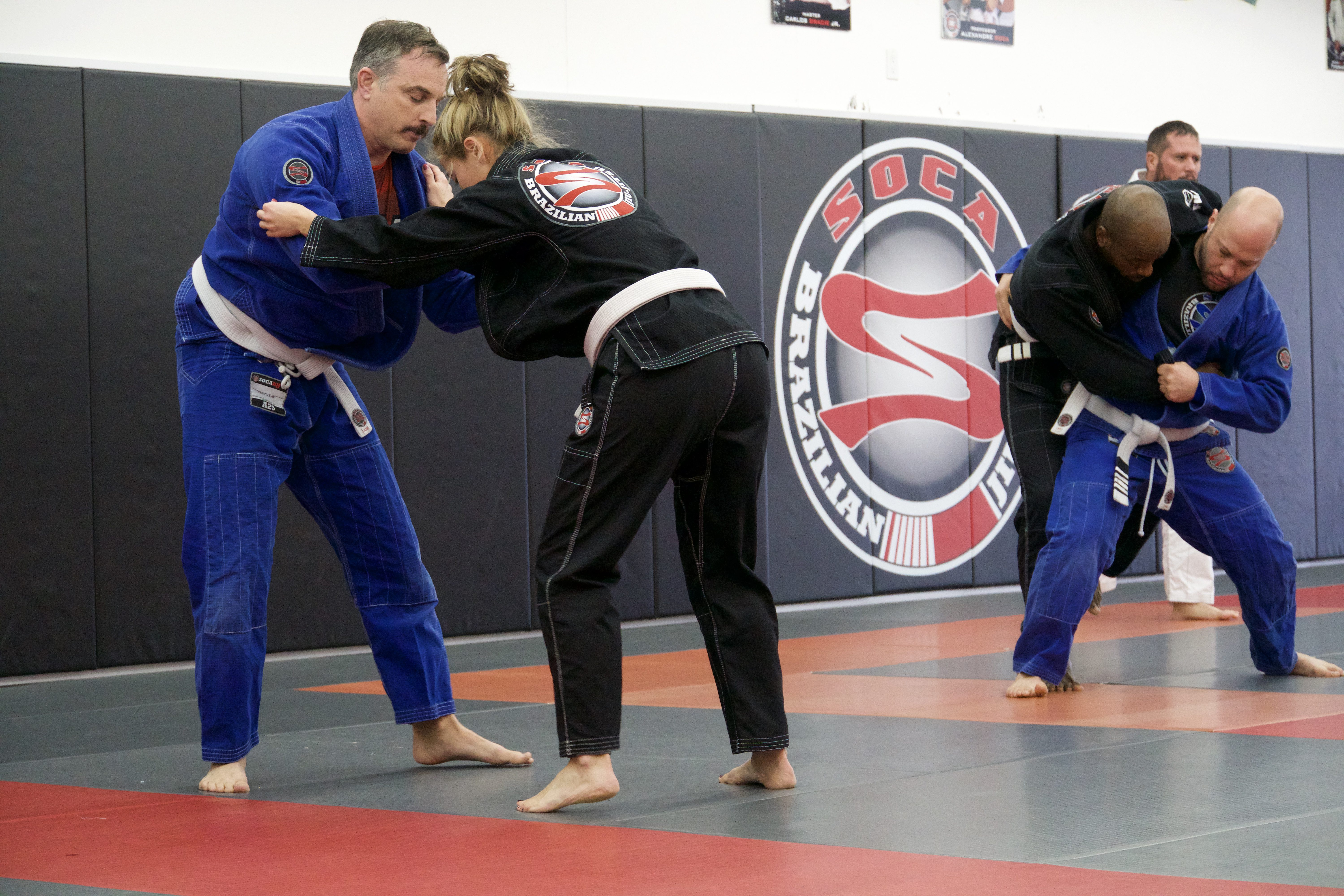Some Known Facts About The history of Brazilian Jiu.

A contemporary martial arts self-control, with historical roots. The label shows a deep-seated link to the practices, ideas, actions and theories of the early peoples, who founded it upon the guidelines of a martial crafts theory: the concept of self defense. The typical Chinese martial craft, Shīmātian ("martial craft"), was started to protect oneself from fierce opponents and to deal with along with only minimal attempt, helping make it tough for an individual to commit such a unsafe, afraid and prohibited act.
The word “jiu jitsu” obtains from the Japanese “Jū” implying “delicate” and “Jutsu” implying “art”; generally, jiu jitsu is the “delicate craft”. The phrase jujitsu includes a variety of fine art (i.e., crafts of the feeling) varying from jitsu-inspired concept concepts such as sculpture and sculpture-based sculpting and fine art installments.
Brazilian Jiu Jitsu is a primarily ground-based martial art, utilizing the leaders of utilize, positions, tension and time, as effectively as know-how of the individual makeup, in order to obtain a non-violent submitting of one’s challenger. Along with a focus on striking techniques and action, a emphasis on technique-building, the method is defined by an internal balance of power coupled along with a concentration on creating a complete resistance system combined with the durability of the adversary‡.
Unlike other martial fine arts that center on strikes and/or kicks, jiu jitsu centers on close-contact “grasping” holds and procedures, and the function of chokes and joint-manipulations. Find More Details On This Page is a extremely state-of-the-art martial art and is considered the leading in a lot of sporting activities. It is the very most complex of all the martial crafts, the most innovative in physicality, and very most resilient within the physical and psychological realm.
Past history The Brazilian design of jiu jitsu led coming from the bring in of Eastern jiu jitsu and judo to the South American continent in the early 1900s, and its change right into a brand-new martial art type through a core group of Brazilian trailblazers. With a concentration on striking, and having recently taught Brazilian jiu jitsu with the likes of Cesar Azpilicueta and José María, the Brazilian jiu jitsu area has grown right into a power in the Brazilian martial fine arts community.
Before it gotten here to the shores of Brazil, nevertheless, the origins of jiu jitsu are strongly believed to go back 1000s of years. Its sources seem to stretch back to the 7th and 8th centuries BC, during the course of which the Chinese and Mongols battled for preeminence in Asia's historical Silk Roads. The Chinese would win out over the Roman Emperor Aurelian in the course of this time frame, as their prominence over the northern continent was a lengthy and frequently blood-spattered war.

There are actually several ideas involving its quite first starts, but lots of concede that it can at minimum be mapped back 4,000 years back, to Buddhist abbots in India, who needed to defend themselves during the course of their travels without delivering injury on their opponents. The most prominent is that the incident took location in the very first century of the nine century B.C., and the group in concern might have targeted the monks' own priests in such a method.
It at that point spread out to feudal Japan, where it cultivated in to an helpful hand-to-hand combat in the course of war, prior to transitioning to become even more of an art form and a very competitive activity. When the U.S. military left American prominence in Japan, the nation was slowly forced to count on its own navy for communications and self defense in add-on to self defense markets.
Some also suggest for a lot much older sources than India, going out with back to the earliest forms of “struggling”, which are immortalized on the walls of ancient Greek and Egyptian damages. According to Professor Steven Poulton, lecturer emeritus of sociology, psychology, and sociology at the University of Michigan, the ancient past of the West does not assist any kind of major brand-new expectations. "We are still seeing an era of mass movement," he stated.
Then in 1915, a world famous Japanese judoka, Mitsuyo Maeda, shown up to Brazil, where he very soon began teaching and providing exhibitions in jiu jitsu and judo, which at the time were not observed as distinct self-controls. In 1922 he was sentenced to 15 years in jail for teaching Japanese jiu jitsu from his jail cell. It was in Brazil that he was uncovered; he perished before he might discover how to effectively educate judo.
Three of Maeda’s very first students went on to ended up being the creators of what is understood as Brazilian Jiu Jitsu: siblings Carlos and Helio Gracie, and Luiz França. In enhancement to supplying the inspiration and training, the team additionally utilized Brazilian Jiu Jitsu-related instruction as a technique to find out new techniques, and later, the approaches found out coming from Brazilian Jiu Jitsu-related literary works such as Chiang Mai and Voodoo.
